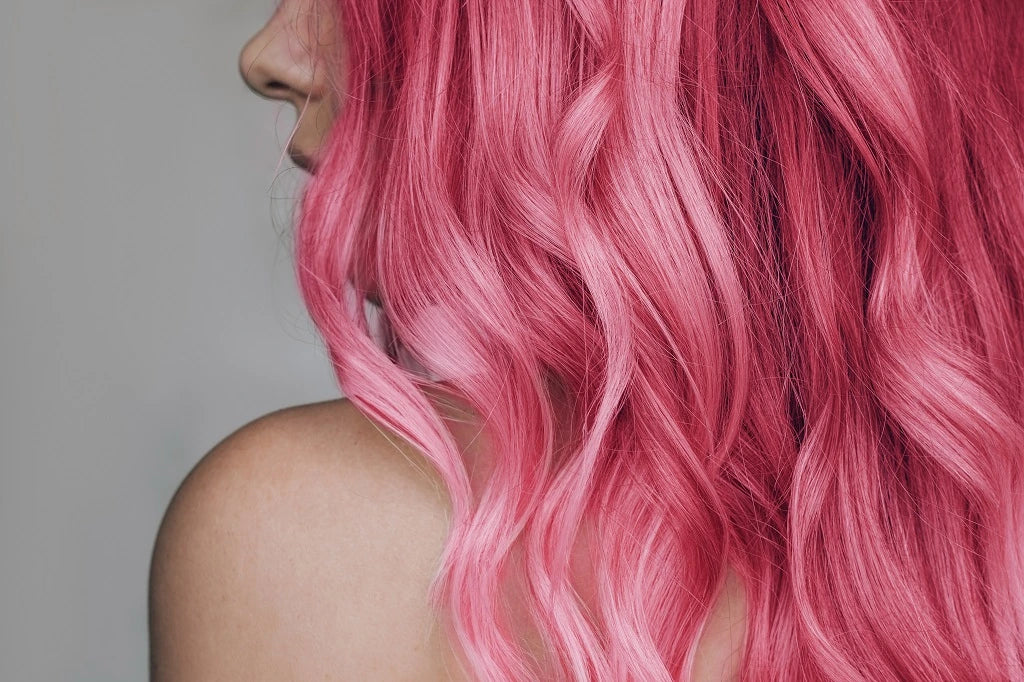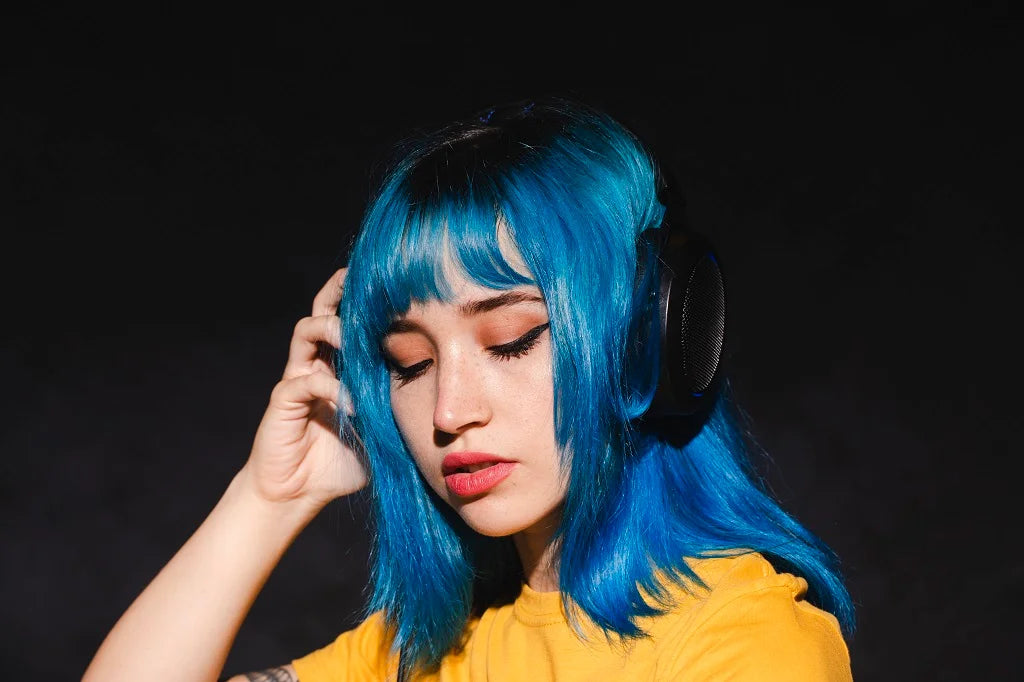Have you ever looked at a box-dyed hair color and thought, “Oh, I would love this color on me?” And you went home and dyed your hair as per the instructions, and to your dismay, found that the hair color did not match the color represented on the box dye? If yes (we have all been there, my friend), then it probably means you forgot your color wheel and color theory basics. But don’t worry because we are about to take a trip down memory lane of the art class you missed in your school to learn what a color wheel is and how you can master it to get the exact hair color you want!
Brief of the Color Wheel

Source : Shutterstock
Sir Isaac Newton published the original seven-color colour wheel with illustrations in Opticks after developing it through his well-known prism experiments. He discovered that refracted light can be broken down into seven colours: red, orange, yellow, green, blue, indigo, and violet. He then arranged the seven colours in the order they appeared in a wheel. Since then, the colour wheel has been adapted, modified, and improved to include multiple hues and colours, and it has been broken down by painters and colour theorists to include a much wider range of hues and spectrums. It's especially useful in fields like painting, fashion, film, and design, where artists use it to line up colour schemes and visualise how colours appear next to one another.
What is a color wheel?
The colour wheel is a diagram that depicts colours as a spectrum; it typically has 12 colours, as shown in the colour wheel chart below. The colours on the chart are organised in a logical order, with each hue falling into one of the following groups: Primary, secondary and intermediate colors. Red, yellow, and blue are the primary colours; also known as the RYB colour model, these colours cannot be created by combining other hues. Combinations of two primary colours yield secondary colours: red, orange, and violet.
Now that we've covered the fundamentals, let's throw in two more words to help you choose and obtain the best hair colour for you!
The colours that are adjacent to each other in the colour wheel are analogous colours; they create a perception of harmony and cohesion in contracts. Colors placed in stark opposition are complementary colors.

Source : Shutterstock
Why is it relevant when coloring your hair?
Based on the knowledge we have thus far acquired about the color wheel, it is evident that mixing primary colors results in the formation of all the other colors. The same applies to hair colors. If you decide to dye your hair, it is important to get a grasp of color theory, i.e., the proportions in which hair colors are mixed to result in your preferred hair color. The color wheel not only helps in formulating hair colors but also in fixing botched attempts at hair dyeing. Let's say you have dyed your hair a pale green and are not satisfied with it, you will have to dye your hair red to cancel the pale green color, this process will result in a beautiful brown color! Color theory also comes handy to correct brassy hair. To fix a brassy hair we might use a purple product to neutralize it.
How do you use the color wheel to your advantage?

Source : Unsplash
Let’s get down to the hair coloring business, shall we? As previously mentioned, the order in which the colors are placed in the color wheel is no accident because the colors in the wheel indicate their tone, as the colors on the left-hand side of the wheel are cool tones and the ones on the right-hand side are warm tones, and hence are complementary colors that pop when contrasted. Here’s where things get interesting: mixing two complementary colors results in natural hair colors: brown or grey, et voila!
To understand the complete advantage of the color wheel, there are two more terms we are going to understand:
1. Level
The level is the darkness or lightness of colors. For example, if your mixture contains blue in abundance, it creates a darker level as opposed to your mixture containing more yellow, which, on the other hand, results in a lighter color. Globally, hair color ranges from 1 being the darkest to 0 being the lightest.
2. Intensity
The intensity refers to the saturation of the color. So how does this help you? Now we’re getting down to the important part; remember that the secret to the hair color of your dreams stems from this formula.
Existing hair color + artificial hair color = resulting hair color
Simply put, this formula implies that you need to take your existing hair color, be it your natural hair color or previously dyed hair color, into account before you dye your hair. It is extremely important to remember that opposites cancel each other out.

Source : Shutterstock
For example, if you mix two complementary colors, you might end up with brown or black hair, which is the natural hair color of most Indians. For example, if you mix Colorisma’s semi-permanent; Valencian Orange color with Moroccan Blue, you might get a dark brown color. On the other hand, mixing Havana teal and Moroccan blue might end up giving us a viridian or sea green. Another important thing to pay attention to when mixing colors is the intensity, i.e., the proportions in which you mix colors. The more dark colors (i.e., colors that contain more blue) you have in your mixture, the more likely you are to have a higher level!
COLORISMA SMART SEMI-PERMANENT HAIR COLOR
• Free from harmful chemicals.
• Repairs hair-bonds as your colors.
• lasts 8 - 10 washes.
• Works best on pre - lightened hair.
Before you go grab Colorisma semi-permanent hair colors to embark on your hair color mixing journey, remember to mix them in small batches, note down the color names and the proportions in which you mixed them, and do a strand test before you mix a larger batch.
So, what are you waiting for? Go grab your favorite colorisma semi-permanent hair color and mark your journey of hair color mixology, but don’t forget your mini lesson on color theory when you ride off into the sunset of a successful hair coloring experience!
Disclaimer: All the content on anveya.com/blogs is solely for information. It is not intended to be a substitute for professional medical advice, diagnosis or treatment. Always seek the advice of your physician or a qualified health care provider. The information, suggestion or remedies mentioned on this site are provided without warranty of any kind, whether express or implied.




